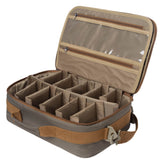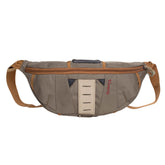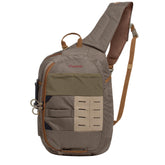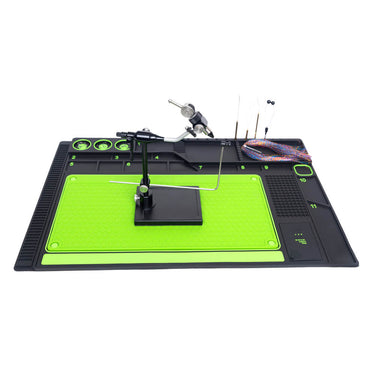Unveiling the Aquatic Realm: Alderflies, Dobsonflies, and Fishflies
Alderflies, dobsonflies, and fishflies are all insects belonging to the order Megaloptera, a small but fascinating group of aquatic and semi-aquatic insects. Here’s an overview of each:
1. Alderflies (Family: Sialidae)
Appearance: Small to medium-sized (15–25 mm), dark-colored, with broad, membranous wings held roof-like over the body.
Larvae: Aquatic, with elongated bodies, feathery gills along the abdomen, and strong mandibles. They live in streams and ponds.
Habitat: Prefer clean, slow-moving or stagnant water.
Lifecycle: Complete metamorphosis (egg, larva, pupa, adult). Larvae take 1–2 years to develop.
Behavior: Adults are short-lived (a few days to weeks) and are weak fliers. They do not feed as adults.
2. Dobsonflies (Family: Corydalidae, Subfamily: Corydalinae)
Appearance: Large (up to 140 mm wingspan), with long, veined wings. Males have elongated, sickle-shaped mandibles (used for mating displays, not biting). Females have shorter but stronger mandibles.
Larvae (Hellgrammites): Predatory, living under rocks in fast-flowing streams. They have strong jaws and are used as fishing bait.
Habitat: Clear, oxygen-rich streams.
Lifecycle: Larvae take 2–3 years to mature; adults live only a few days to a week.
Behavior: Nocturnal; males are harmless despite their intimidating jaws, but females can deliver a painful bite.
3. Fishflies (Family: Corydalidae, Subfamily: Chauliodinae)
Appearance: Medium-sized (25–75 mm wingspan), with mottled or patterned wings. Unlike dobsonflies, their mandibles are shorter and less pronounced.
Larvae: Similar to hellgrammites but usually smaller, living in streams or ponds.
Habitat: Prefer slower-moving or stagnant water compared to dobsonflies.
Lifecycle: Similar to dobsonflies but may develop faster (1–2 years).
Behavior: Adults are nocturnal and attracted to lights. They are weak fliers and do not feed.
Key Similarities & Differences:
Feature
Alderflies
Dobsonflies
Fishflies
Size
Small
Very large
Medium
Mandibles
Small
Large (males)
Short
Larvae
Gill-bearing
Hellgrammites
Similar to dobsonflies
Water Preference
Stagnant/slow
Fast-flowing
Variable (often slower)
Adult Feeding
Non-feeding
Non-feeding
Non-feeding
Ecological Importance:
Larvae are important aquatic predators, helping control other insect populations.
Indicator species: Sensitive to water pollution, so their presence indicates good water quality.
Food source: Fish, birds, and other predators rely on them.
Would you like more details on any specific aspect?















